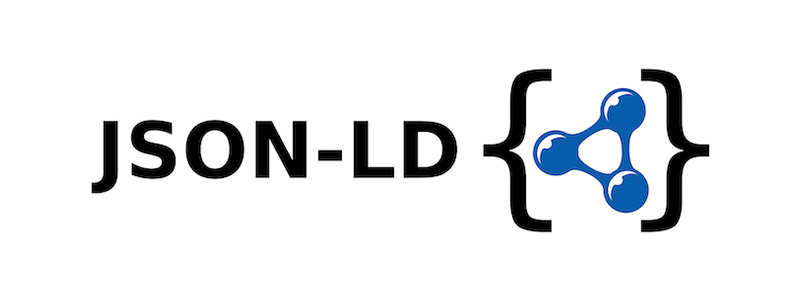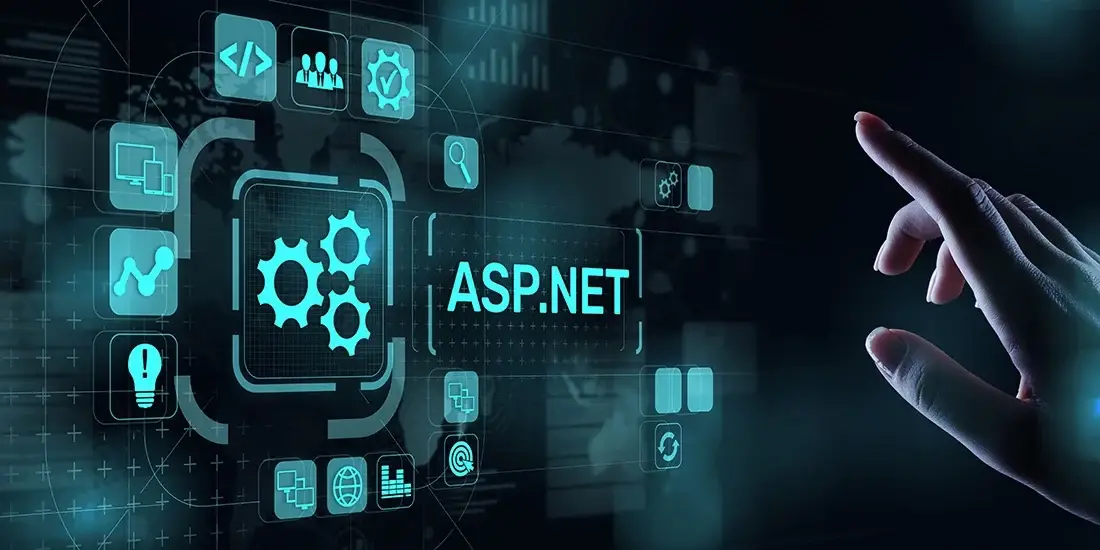Redirect() vs RedirectPermanent() in ASP.NET MVC
By Tan Lee Published on Dec 13, 2024 1.36K
The key difference is that RedirectPermanent sends an HTTP 301 (Moved Permanently) status code, indicating a permanent redirection, while Redirect sends an HTTP 302 (Found) status code, indicating a temporary redirection.
Use RedirectPermanent when a resource is permanently relocated and is no longer accessible at its original location. Browsers typically cache the HTTP 301 response and handle future redirects automatically.
Use Redirect when the resource might still be available at the same URL in the future.
For example:
If a deleted user’s details are requested at /user/{userid}, redirect to /user/does-not-exist. Use Redirect since the original URL might become valid again if the user is restored.
If the user will never be restored, use RedirectPermanent so the browser automatically redirects to /user/does-not-exist in future requests. If the user may be restored, use a regular Redirect.
How to use RedirectPermanent in a controller action?
public ActionResult OldPage()
{
// Redirect to a new URL with a permanent 301 redirect status
return RedirectPermanent("/new-page");
}In this example, when a user accesses the OldPage action, they will be permanently redirected to /new-page. The browser will also update its cached URL for future requests.
RedirectPermanent should be used when the resource has permanently moved or will never return to its original location.
- Implement security headers for an ASP.NET Core
- How to add security headers to an ASP.NET Core Application
- How to Initialize TagHelpers in ASP.NET Core with Shared Data
- Essential Tips for Securing Your ASP.NET Website
- Top Security Best Practices for ASP.NET
- Boost Your ASP.NET Core Website Performance with .NET Profiler
- The name 'Session' does not exist in the current context
- Implementing Two-Factor Authentication with Google Authenticator in ASP.NET Core





